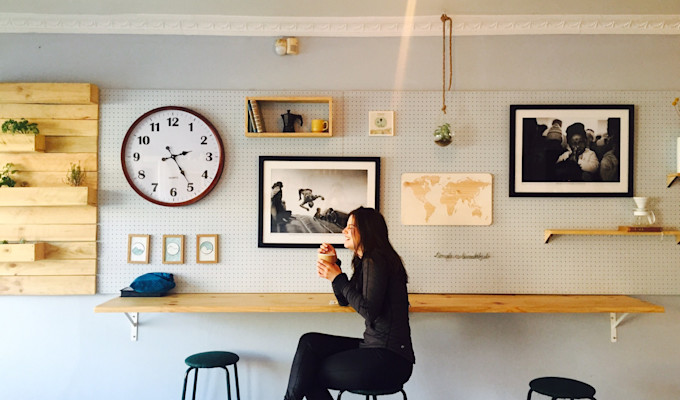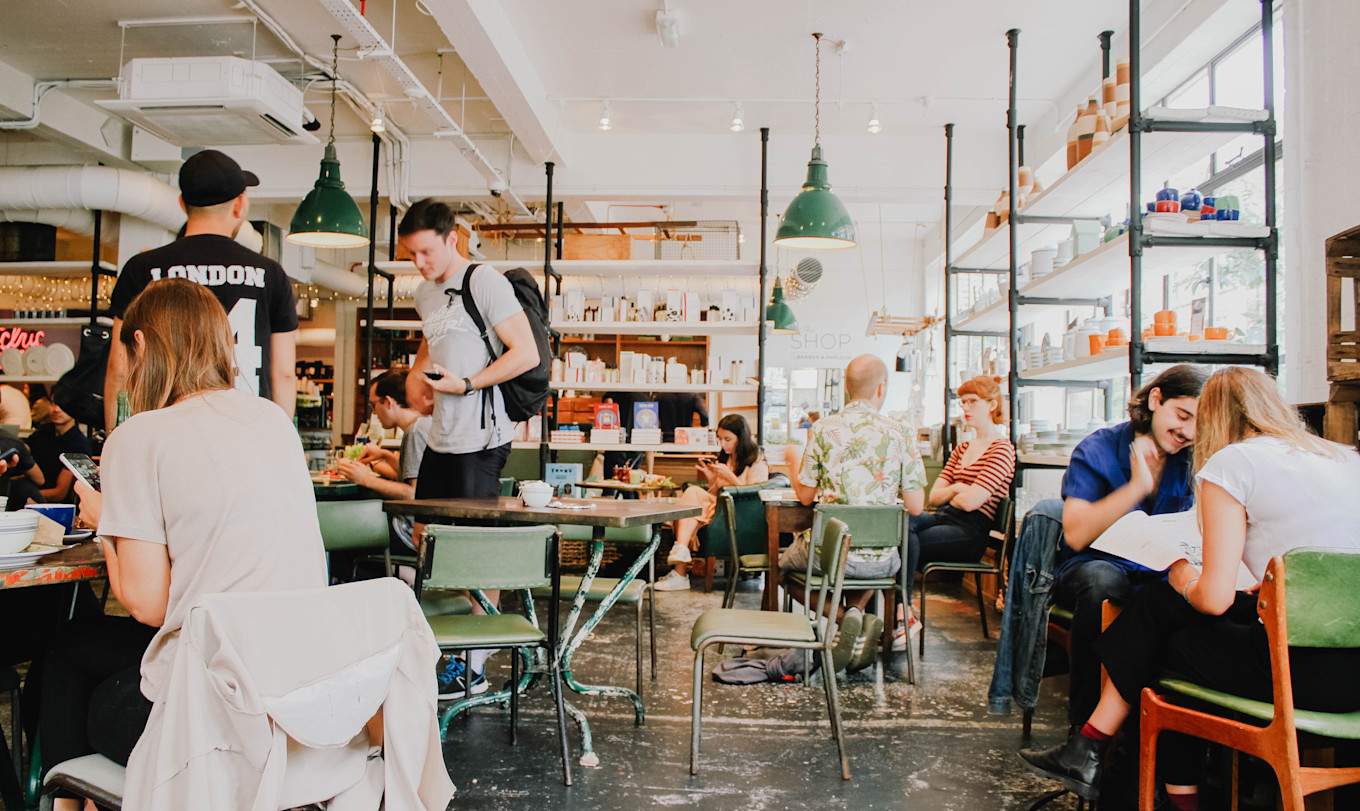Planning On Opening A New Cafe? Read This First


When writing this article, I toyed with some other headlines, such as “How to avoid losing all your money and your house and your car by opening a cafe or restaurant without doing the proper planning and due diligence”, or, “Why do so many people open hospitality businesses without a proper plan, I mean, it’s insane - just write a plan first”.
But I decided (well our marketing guy decided) that they were a little heavy handed, and we decided that a ‘how-to’ guide with the best tips and tricks would be the most useful resource for the budding restaurateurs out there. So, get your detail-oriented nerd on, and let’s get into it!
Let’s face it, our industry is tough. If you had any doubts about that, just look at the last 12 months to see how swiftly a drop in business or change in economic climate can wipe an established cafe off the face of the earth. Sometimes temporarily, but often permanently.
There’s an obvious answer to this: margins are tight in our industry, hovering around less than 8% on average. That’s down from a whopping (relatively) 15% a couple of decades ago (or so i’ve been told - i’m not that old).
Maths time: that means for every $50 spent in a cafe, the lovely, hardworking business owner will pocket about $4 on average, often less.

Yep, not a lot. Now, that’s net profit we’re talking about here, not gross profit. Why, I hear you ask? Well, there’s a lot of reasons; high cost of goods sold, labour costs (staffing can get expensive if not done right - it’s one of the reasons we don’t charge a booking fee OR advertising fees at Need a Barista, but more on staffing later), and overheads (insurance, insurance, insurance). This, coupled with the often unpredictable spending habits of consumers, can mean cafes are on a knife’s edge when it comes to profitability.
But enough of the doom and gloom - if done right, a cafe can be a profitable, lucrative business.
Like many other things, planning is everything. So, let’s get this party started (!!) with some solid tips about how to properly plan and open a cafe or restaurant. It’s by no means a definitive guide, but it’s a great start, and it’s based on my decades in the industry (I said i’m not that old):
What will make customers want to come to you? It may sound like a stupid question, but really, it should be the start of your planning. What’s your Unique Value Proposition? Will it be the most relaxed and quiet cafe in the area? Or the friendliest and loudest place in your suburb, with guest DJs every Sunday morning? Write that stuff down, it will dictate a lot of your decisions and guide your cost planning.
Look at the location and research the businesses there. Have they lasted long? Are new businesses opening up regularly and changing hands every 24 months? You can find this info online easily or by contacting your local council. DO THIS!
Be sure to maximise your potential sales volume. This is where a lot of the nerd work comes in, but it’s important. Things like optimising your menu costing, working out your table turnover time and how much seating you’ll have can make a huge difference. You need to know exactly how much every dish and beverage you offer costs you, and look at how to optimise that. There’s plenty of calculators online to work out menu costing: use them.
Get your overhead expenses as low as possible. Shop around for things like electricity providers and insurance. Shaving a few dollars from your bills each quarter can compound. Food waste is a huge cost to our industry too, and can be an opportunity to save some serious money. In fact, research shows that for every $1 spent on reducing food waste, a hospitality business can save up to $7. Huge.
Poorly planned labour is a cafe killer. Labour is a HUGE cost to a cafe. Make sure you look at example sales data for the industry, and do some research. How many staff do you need on at certain times? If you don’t plan it, you’ll risk over-hiring and having too many staff on, if you underestimate, you’ll have slow service, again reducing table turn-over time (as well as a poor service experience). But don’t worry, it’s a tough one to guess: even established cafes struggle with getting it right, and need to book on-demand staff to cover shortfalls (just don’t pay booking fees when you do).
Be picky when it comes to what 3rd party systems you use. If your Point Of Sale is slow, then your table turn-over time is longer. Shop around for supplies and insurance. Do your research and find the quickest and most affordable solution to every problem, it will pay dividends over time.
Remember to be agile: maybe you’ll need to pivot your offering suddenly if the environment changes. 2020 was a great example of this, with some cafes thriving by quickly adapting to take-away only, or offering meal delivery, etc. Have something in your back pocket for the worst case scenario.
Opening a cafe or restaurant can be tough, and like any other business, it’s a risk. But, it can be a calculated risk. As you can see, there are things you can do that will reduce that risk, and put you in the best possible position to survive the challenging first years, and even thrive. These are just some of the things i’ve found to be useful, but before diving in, speak to some other cafe owners! I’ve found people in our industry to be always happy to share their insights and learnings, we’re a friendly bunch. If you take anything from this article, i hope it’s this: plan, plan and plan. Then plan some more.
Need a Barista has ensured that thousands of cafes, restaurants and venues continue to serve the highest quality coffee – even when their regular barista is unavailable
